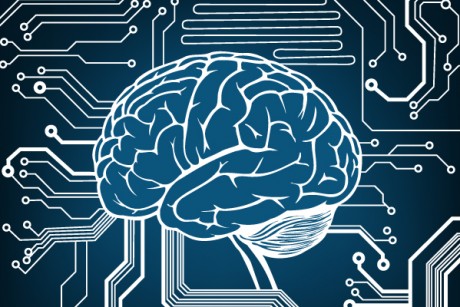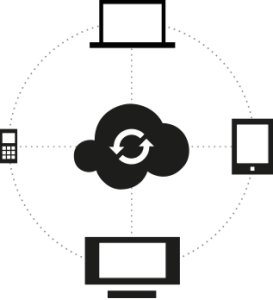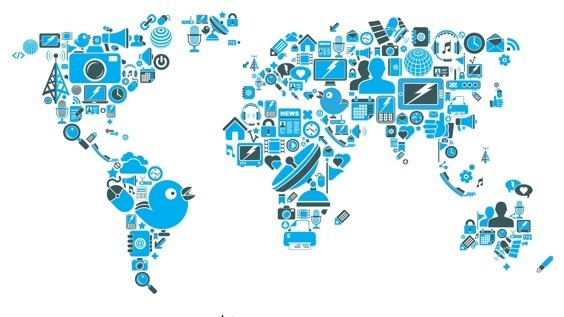We live in an age where household objects can now intelligently communicate with each other via wireless protocols.
Ever heard of the ‘programmable world’? Maybe not. The phrase, as far as I know, was coined by a US Wired journalist, Bill Wasik, in an article earlier this year.
Put simply, the programmable world is one where physical objects – lights, coffee pots, garage doors, AC units, alarm systems, sprinkler systems, and sensors – humidity, temperature, motion, etc – talk to one another via wireless protocols to make those physical objects ‘intelligent’.
Others have called the phenomenon the Internet of Things, the Internet of Everything or the Industrial Internet (inappropriate, according to Wasik, because most of the devices aren’t actually on ‘the internet’) or the Sensor Revolution (inappropriate because it ignores the devices themselves).









